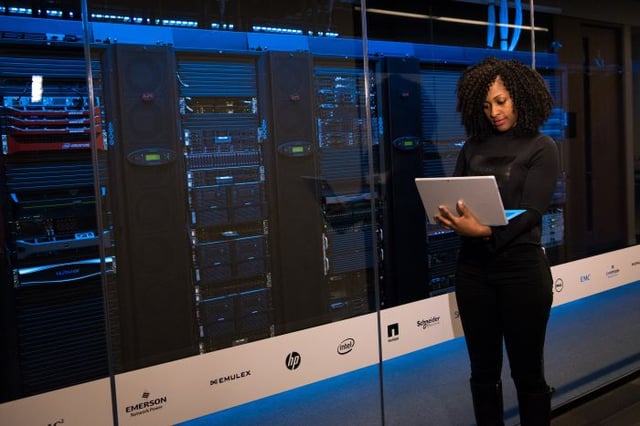In advance of this week’s Microsoft Tech Ed 2013 conference, Dell has significantly expanded the capabilities of its virtual desktop infrastructure (VDI) at a time when more IT organizations are transitioning from Windows XP to either Windows 7 or Windows 8. Dell DVS Enterprise for Windows Server 2012 has been enhanced to be able to […]
In advance of this week’s Microsoft Tech Ed 2013 conference, Dell has significantly expanded the capabilities of its virtual desktop infrastructure (VDI) at a time when more IT organizations are transitioning from Windows XP to either Windows 7 or Windows 8.
Dell DVS Enterprise for Windows Server 2012 has been enhanced to be able to provide support for up to 1,000 users when running Microsoft Windows Server 2012 and up to 5,000 users when deployed with vWorkspace 8, the latest version of the client virtualization software that Dell gained when it acquired Quest Software, and an instance of Microsoft Hyper-V running on Windows Server 2012.
According to Jeff McNaught, executive director for marketing and chief strategy officer for Dell cloud client computing, while the initial licensing and infrastructure costs associated with VDI deployment limited adoption, recent VDI advances have substantially lowered infrastructure costs. At the same time, Dell has moved to lower client costs while simplifying licensing terms by charging a flat $59 per month per client for delivering Windows desktop as a service.
As a turnkey platform, Dell DV Enterprise for Windows Server 2012 can come packaged with Dell server, storage, networking equipment and thin clients, the latter of which are based on the technology that Dell gained with the acquisition of Wyse Technology.
McNaught says that at one time VDI was only seen as being applicable to fairly static Windows environments such as call centers. But as knowledge workers become more mobile both inside and out of the enterprise, McNaught says, interest in VDI has risen sharply. In addition, McNaught notes that with VDI there is no boot time for the PC, which means that users can log in and be productive in one to 10 seconds.
As a technology, VDI has clearly come a long way in the last year. It may be a little challenging to set up. But in terms of managing Windows desktops over an extended period of time, VDI clearly provides some distinct benefits for the IT organization. In fact, the only things holding back VDI adoption in the enterprise are cultural issues tied more to end-user perception and institutional intransigence than actual VDI reality.
MV
Michael Vizard is a seasoned IT journalist, with nearly 30 years of experience writing and editing about enterprise IT issues. He is a contributor to publications including Programmableweb, IT Business Edge, CIOinsight and UBM Tech. He formerly was editorial director for Ziff-Davis Enterprise, where he launched the company’s custom content division, and has also served as editor in chief for CRN and InfoWorld. He also has held editorial positions at PC Week, Computerworld and Digital Review.








